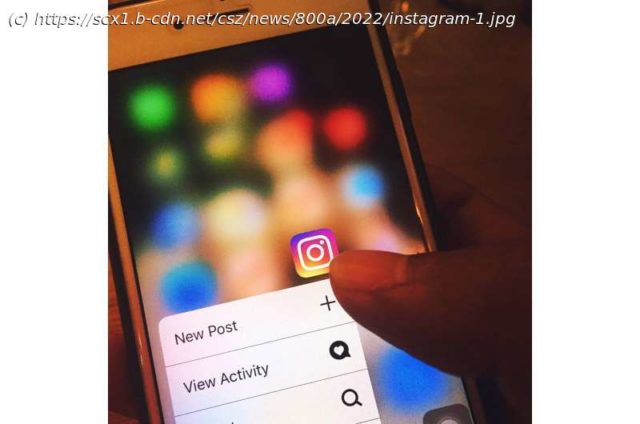Revelations and research over the last few years have shed light on how Instagram may negatively affect its youngest users. The most popular social media platform among 13- to 21-year-olds in America, Instagram was designed to connect people with shared interests. However, recent research has pointed to the use of social media as possibly contributing to a rise in mental health and eating disorders among teenage girls.
Revelations and research over the last few years have shed light on how Instagram may negatively affect its youngest users. The most popular social media platform among 13- to 21-year-olds in America, Instagram was designed to connect people with shared interests. However, recent research has pointed to the use of social media as possibly contributing to a rise in mental health and eating disorders among teenage girls.
Researchers at Drexel University and Vanderbilt University are trying to figure out exactly what young users are experiencing on Instagram, in hopes of curtailing the negative trend and getting them the support they need.
In a new paper, the team of researchers from Drexel’s College of Computing & Informatics and Vanderbilt School of Engineering laid out the findings from their analysis of Instagram direct messages between users who asked for help in their conversations on the app.
While this age group is known to use Instagram the most, the paper, entitled „‚Help Me:‘ Examining Youth’s Private Pleas for Support and the Responses Received from Peers via Instagram Direct Messages,“ published in the Association for Computing Machinery’s Proceedings of the 2023 CHI Conference on Human Factors in Computing Systems, is the first study looking at user-contributed private messages among teens to better understand the dynamics of how they ask for support from their peers on Instagram.
„Due to logistical challenges and privacy concerns there has been very little research on how this age group interacts in private online conversations—particularly to exchange support,“ said Afsaneh Razi, Ph.D., an assistant professor in Drexel’s College of Computing & Informatics, who a was a co-author of the paper. „This study is the first of its kind to provide insight about these exchanges and lay out a framework for how the platform could offer support for users who are suffering.“
The team looked specifically at how youth initiate peer support conversations in private messages, the topics for which they’re seeking support, and the types of support they received.
Their findings suggest that young people on Instagram are more likely to share negative experiences—ranging from everyday stress to severe mental health issues—in private messages with friends and acquaintances they met online. Most disclosures were met with positive peer support; though the team also found specific sets of circumstances that led to support being denied.
The dataset analyzed was donated by 189 volunteer participants, ages 13-21, who each shared at least three months of their Instagram data from when they were between 13 and 17 years old.






